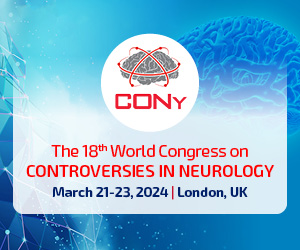SYMPOSIUM: MULTIPLE SCLEROSIS. The role of regulatory T cells (Tregs) in experimental autoimmune inflammation in the CNS
Magdalena Karolak, Andrzej Głąbiński
 Affiliation and address for correspondence
Affiliation and address for correspondenceRegulation of the immune response to foreign antigens may develop at the central or peripheral level of the immune system. One of the crucial players of this process is regulatory T cell (Tregs). There are two hypotheses explaining the mechanism of the interactions between regulatory T cells and effector lymphocytes during the immune response. The first one suggests that Tregs inhibit proliferation of effector cells through the direct contact. It is also suggested that this interaction may be indirect and mediated by cytokines. Regulatory T cells are identified by expression of CD4, CD25 and Foxp3 markers. Our knowledge on the involvement of Tregs in the pathogenesis of multiple sclerosis (MS) and its animal model EAE (experimental autoimmune encephalomyelitis) is still unsufficient. Obtained results suggest that naturally occurring CD4(+)CD25(+) Tregs play an important role in the prevention and/or inhibition of the chronic pathological process in the brain during EAE. It was shown that passive transfer to donor of regulatory T cells may prevent or treat an ongoing EAE. In IL-10 knock-out mice, induced Tregs are not able to ameliorate this disease indicating the crucial role of IL-10 in induction of suppression by regulatory lymphocytes. Tregs are also partially responsible for the beneficial effect of glatiramer in EAE treatment. These observations confirm that regulatory T cells may be potentially used in the therapy of multiple sclerosis and other diseases of similar pathogenesis.








